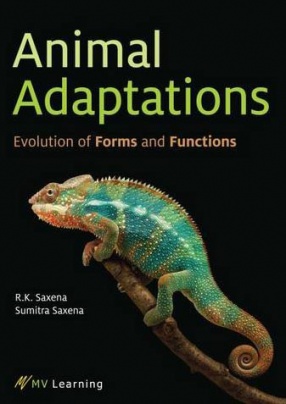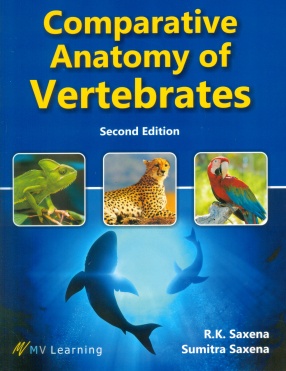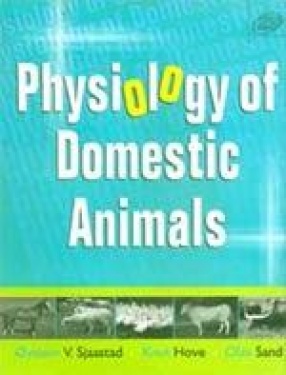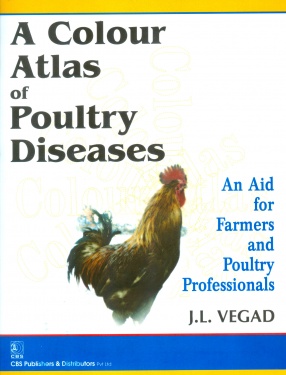Animal Adaptations: Evolution of Forms and Functions
The book animal Adaptations explores the most fascinating and bizarre types of adaptations acquired by animals which have helped them to live comfortably in the harsh and most hostile environments. Firstly these adaptations refer to the evolutionary mechanisms that have produced them and they secondly refer to the traits that enhance the survival and reproductive success of their bearers. These adaptations have been randomly chosen and discussed by the authors to instill inquisitiveness and interest in the minds of students. No doubt the acquired adaptations impose costs as well as benefits, and the evolution of adaptations depends on the trade-off between those costs and benefits. Determining the costs and benefits of these adaptations is no doubt difficult because individuals differ not only in the degree to which they possess the adaptation, but also in many other ways. It is true that natural selection is instrumental in selecting and preserving these beneficial adaptations in the population and discarding harmful ones.
Contents: Preface. 1. Heterochrony. 2. Origin, ancestry and evolution of chordate. 3. Origin and ancestry of mammals. 4. Primates and origin of Homo Sapiens. 5. Homeostasis. 6. Parthenogenesis, reproduction and parental care. 7. Aerodynamics and flight in animals. 8. Migration. 9. Echolocation. 10. Interspecific interaction. 11. Behavior. 12. Cryptobiosis. 13. Coral Reefs. 14. Mimicry, camouflage and colouration. 15. Polymorphism. 16. Bioluminescence. 17. Biological clocks and circadian rhythms. 18. Electric organs. 19. Sense organs. 20. Sound communication. 21. Weberian ossicles. 22. Spider webs. Glossary. Index.
Get it now and save 10%
BECOME A MEMBER








Bibliographic information
Sumitra Saxena